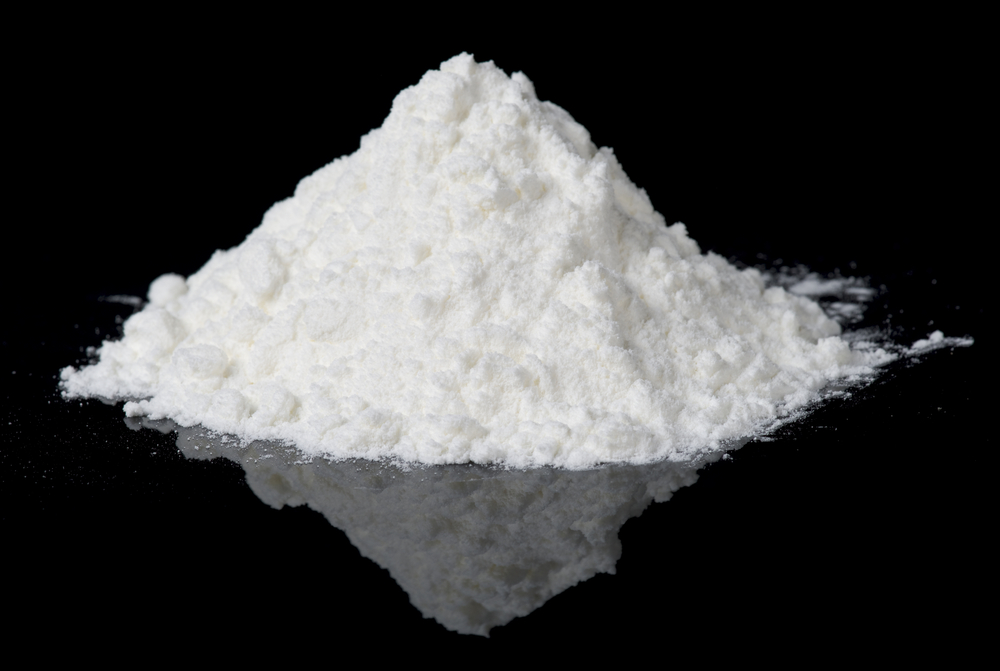The Opioid Epidemic is Getting Even Worse, As Fentanyl Deaths Soar

The number of Americans dying from opioid overdoses continues to rise, with deaths from synthetic opioids such as fentanyl doubling in just a year, according to a new report.
The report, published today (March 28) by the Centers for Disease Control and Prevention (CDC), found that in 2016, there were more than 42,000 deaths from opioid overdoses, up from 33,000 deaths in 2015. The rate of opioid overdose deaths increased by nearly 28 percent, from 10 overdose deaths per 100,000 people in 2015, to 13 overdose deaths per 100,000 people in 2016.
Much of this increase was driven by a rise in deaths from "synthetic opioids other than methadone," which includes illegally manufactured fentanyl, the report said. During the study period, deaths from synthetic opioids soared from 9,580 deaths in 2015 to more than 19,000 deaths in 2016. [America's Opioid-Use Epidemic: 5 Startling Facts]
The report also found increases in deaths related to prescription opioids, heroin, cocaine and psychostimulants (such as methamphetamine). The researchers noted that illegally manufactured fentanyl is often mixed into counterfeit opioid pills, heroin and cocaine; so illegal fentanyl is likely contributing to deaths involving these other substances.
"No area of the United States is exempt from this epidemic," Dr. Anne Schuchat, principal deputy director of the CDC, said in a statement. "All branches of the federal government are working together to reduce the availability of illicit drugs, prevent deaths from overdoses, treat people with substance-use disorders, and prevent people from starting using drugs in the first place."
The study also specially examined opioid death rates in 31 states and in Washington, D.C.; and found that death rates from overdoses involving synthetic opioids increased in 20 states and in Washington, D.C. States with the highest death rates from synthetic opioids include New Hampshire (with a rate of 30 overdose deaths per 100,000 people), West Virginia (with 26 overdose deaths per 100,000 people) and Massachusetts (with 23 deaths per 100,000 people). Nationally, the rate of deaths from synthetic opioids was six deaths per 100,000 people.
Efforts to prevent drug overdoses will require coordination from many areas, including law enforcement, first responders, mental health providers and public health agencies, said lead author Puja Seth, of the CDC's National Center for Injury Prevention and Control.
Get the world’s most fascinating discoveries delivered straight to your inbox.
The report highlights the need to take action to prevent these deaths, including expanding treatment for opioid-use disorders and increasing the distribution of naloxone (which can reverse the effects of an opioid overdose); improving the detection of the illegal opioid supply; and reducing exposure to prescription opioids through better prescribing practices, the researchers said.
Original article on Live Science.

Rachael is a Live Science contributor, and was a former channel editor and senior writer for Live Science between 2010 and 2022. She has a master's degree in journalism from New York University's Science, Health and Environmental Reporting Program. She also holds a B.S. in molecular biology and an M.S. in biology from the University of California, San Diego. Her work has appeared in Scienceline, The Washington Post and Scientific American.



